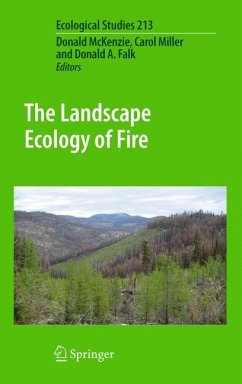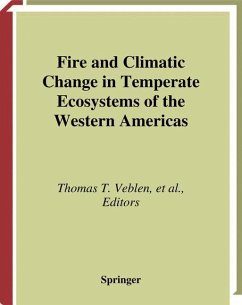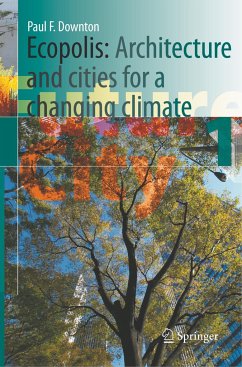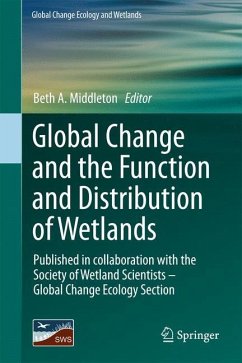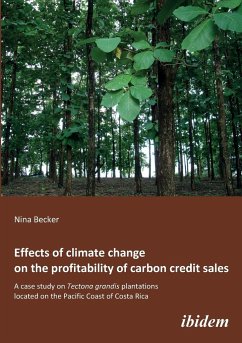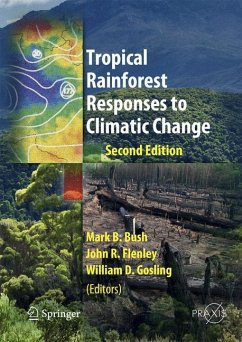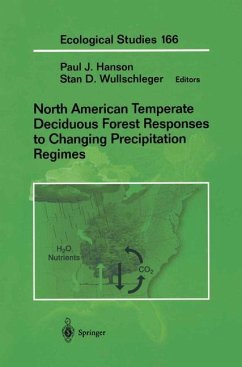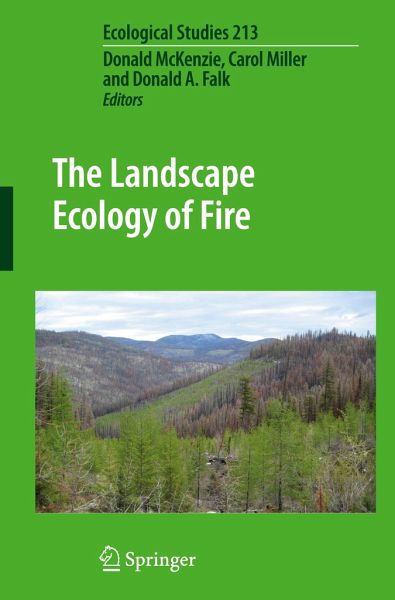
The Landscape Ecology of Fire

PAYBACK Punkte
58 °P sammeln!
Wildfires are likely to become more extensive and more severe with global warming. This book explores the effects of altered fire regimes on landscape, dominant species, plants, animals and human communities. The discussion includes fire management policies.
Global warming is expected to change fire regimes, likely increasing the severity and extent of wildfires in many ecosystems around the world. What will be the landscape-scale effects of these altered fire regimes? Within what theoretical contexts can we accurately assess these effects? We explore the possible effects of altered fire regimes on landscape patch dynamics, dominant species (tree, shrub, or herbaceous) and succession, sensitive and invasive plant and animal species and communities, and ecosystem function. Ultimately, we must consider the human dimension: what are the policy and management implications of increased fire disturbance, and what are the implications for human communities?





